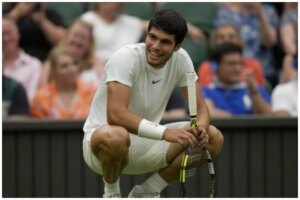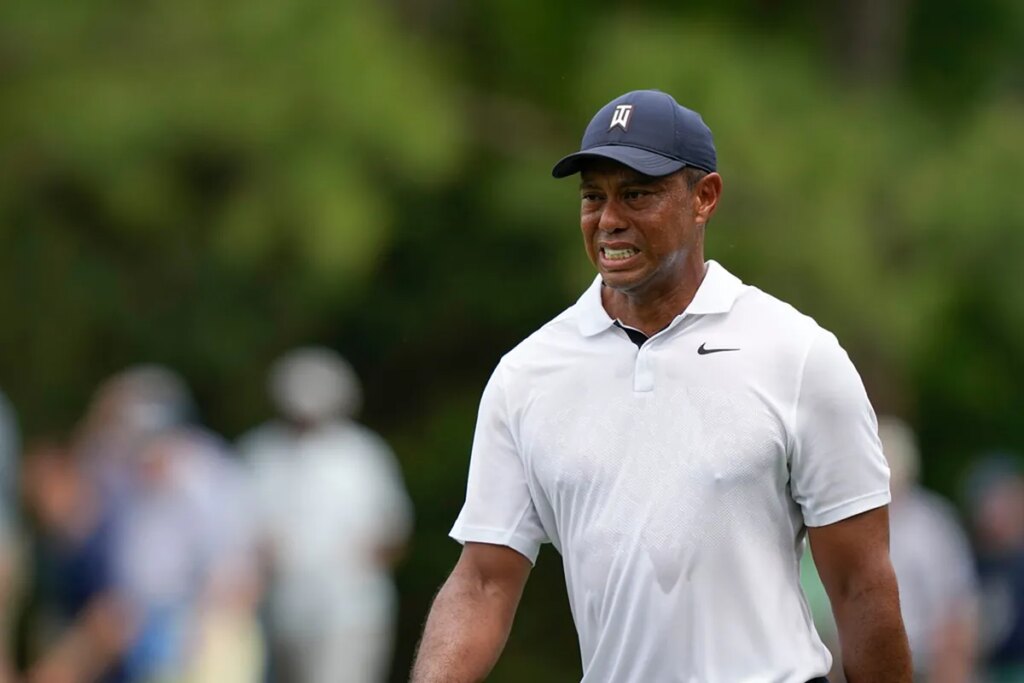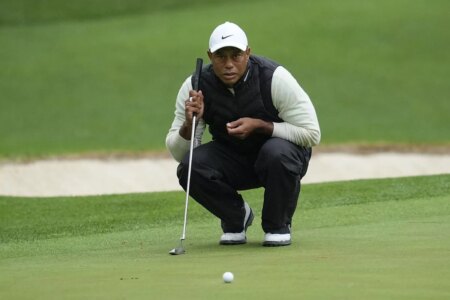Tiger Woods’ withdrawal from the PNC Championship delivers a significant blow to a PGA Tour already facing declining audiences, amid injuries and a changing competitive landscape this season.
Emphasizing his central role in maintaining event visibility, concerns intensified after the South Korean pro, Byeong Hun An made comments about the 49-year-old legend’s stature.
“The views? It’s not changing unless Tiger is in contention these days,” Hun An said, highlighting reliance on his presence as younger audiences increasingly prefer shorter, digital-first golf content.
The PNC Championship, scheduled for December 17-21, had expected Woods to draw family-focused attention as in past years, yet his seventh back surgery eliminated any realistic hope of participation.
That’s now raising worries about late-season ratings stability across the Tour as Justin Thomas’ withdrawal compounds the setback.
The two-time major champion confirmed a microdiscectomy to treat worsening hip issues, revealing that an MRI exposed disc damage requiring extended recovery, ruling him out of multiple key events.
“I had a successful microdiscectomy performed yesterday at Hospital for Special Surgery in NY…,” Thomas said, noting no tournament timeline exists and emphasizing patience to allow his disc to fully heal.
Thomas’ absence removes a core figure from the revived Skins Game, Hero World Challenge, and the PNC Championship, leaving each event without a recognizable presence capable of moderating the Tour’s ongoing struggle to sustain mainstream visibility.
With both Woods and Thomas absent from the PNC Championship, the event faces diminished appeal and symbolizes the Tour’s broader vulnerability, as sidelined star players leave uncertainty about the ability of upcoming tournaments to maintain audience engagement.
Can the Tour respond in time for the opening major of 2026? The Masters will take place from April 6-12 at Augusta National, and could set the trend for the PGA for the year with the likes of LIV golf lurking to capitalize on any slips.
PGA Tour continues to struggle: The numbers
Woods’ latest lumbar disc replacement represents a more severe intervention than previous procedures, signaling the extent of his physical limitations and reducing expectations for a sustained competitive return despite limited appearances earlier this year.
His absence eliminates the event’s strongest promotional asset, as prior editions featuring Woods and his son Charlie drew audiences far exceeding typical family-format exhibitions, helping sustain relevance during a period marked by declining traditional viewership.
Viewership declines show structural challenges. The Masters opened with 2.3 million viewers, a year-over-year drop, while the PGA Championship saw declines across all rounds, even with top contenders present, confirming limited resilience without Woods on the course.
Other tournaments suffered sharper losses, including the American Express, which experienced a 56% decline, reflecting a generational shift toward condensed, personality-driven YouTube golf content that contrasts with the Tour’s traditional multi-hour broadcasts.
As veterans confront age and physical decline, the Tour’s dependence on a shrinking pool of recognizable figures becomes more pronounced, raising urgent concerns about the sustainability of its viewership model absent a successor capable of sustaining broad-based interest.
Read the full article here











